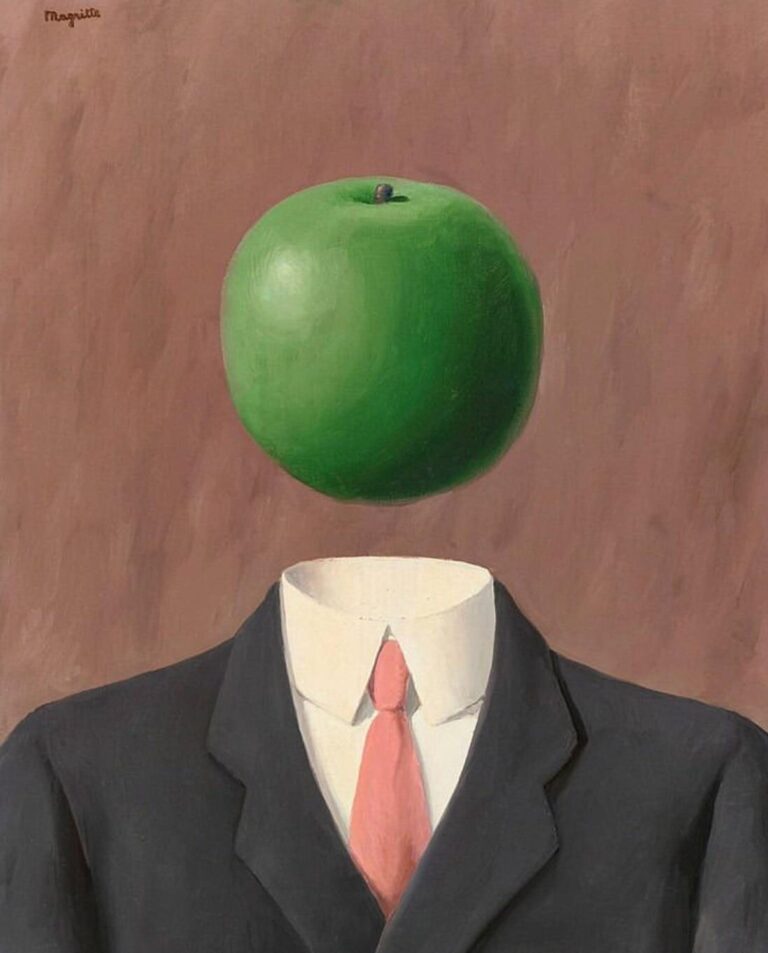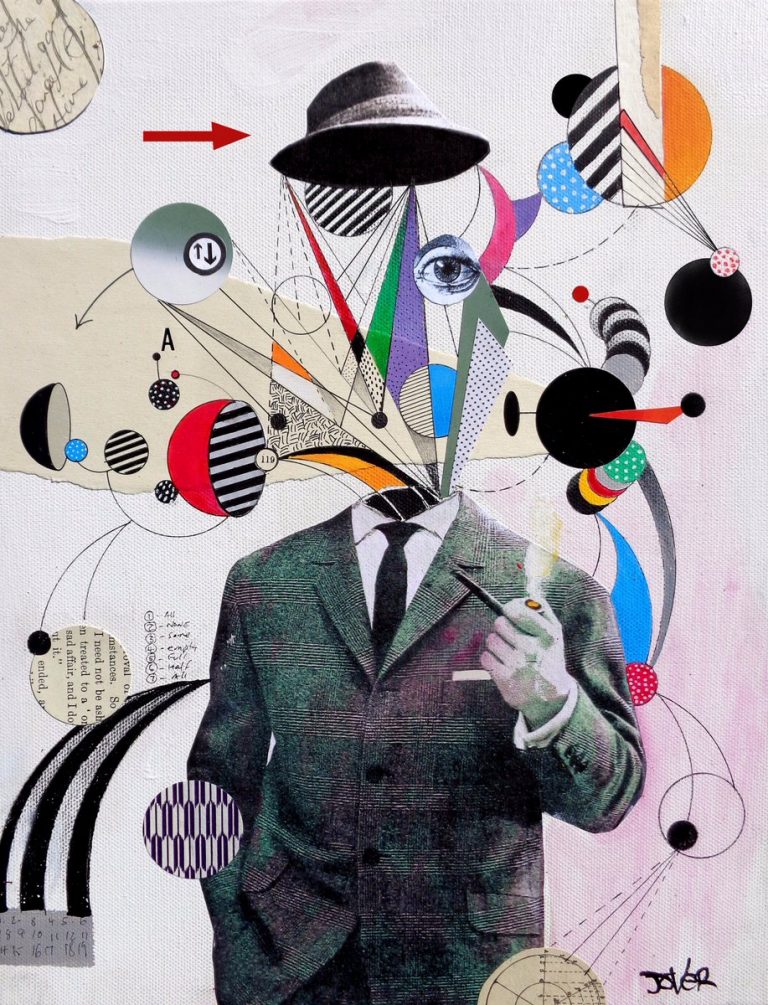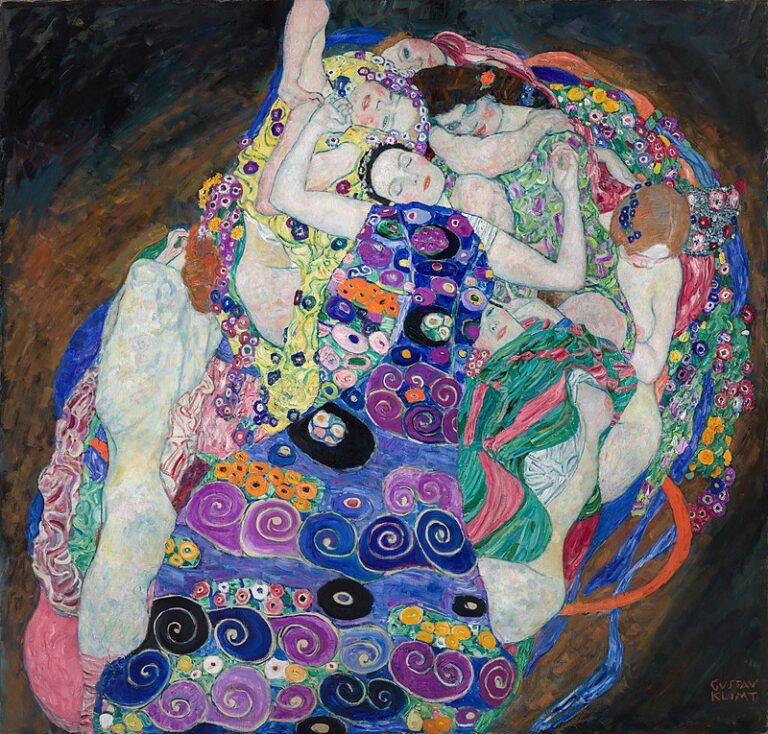What is creativity? Is it that burning feeling that you have when you must break and bend the known rules and invest your energy in making a mark on the world, be it an art piece or maybe just something a little bit more practical that helps you enjoy your life more? Is it that sudden burst of an original idea in your mental landscape? Is it the capacity to reinvent, reorganize or reinterpret the data in a single field of study or is it linking information between several? It is all that and more, as we will discover when learning about the different levels of creativity distinguished by Irving A. Taylor.
But first, we dedicate the introductory part of this article to following the footsteps of the concept of creativity that were made in the scientific world of psychology by presenting a short history of the distinct points of view on its origin and characteristics.
Creativity is the process of sensing problems or gaps in information, then identifying the difficulties and seeking solutions through trial and error or through forming hypotheses.
Ellis Paul Torrance Tweet
Short History of Creativity
The word creativity has its origin in the Latin creare which means to make, to conceive, to develop, to produce. It was introduced in the psychological vocabulary by American psychologist Gordon Allport (1937) (buy his books from Amazon) and it is replacing the old terms of innovative spirit, inventivity, talent.
We owe the first attempt at studying it using scientific grounds to the work of English savant Francis Galton, Hereditary Genius (1869). Researching the genealogical tree of a large number of famous families which gave the world many generations of highly creative personalities, Galton reaches the conclusion that heredity is the determinant factor of the creative force and that genius people are endowed with exceptional intellectual aptitudes.
The year of 1950 is considered to be the beginning of the researched psychological studies on creativity. At the American Psychology Association (APA) Congress, J.P. Guilford (buy his books from Amazon) drew attention to the scarcity of studies related to creativity and proposed several directions of research involving this human personality dimension. Following this impulse, the diverse creativity problematic entered the research programs of the great majority of American and European universities.
In the 1960s and 1970s we witness an outburst of the number of papers reserved to study the problem of creativity. In 1970, the Czech psychologist J. Hlavsa inventoried no less than 2419 titles and the 1999 edition of Creativity Encyclopaedia mentions over 10000 papers written with regard to creativity during the time interval between the years 1960 and 1998.
One must still have chaos in oneself to be able to give birth to a dancing star.
Friedrich Nietzsche Tweet
Two Major Opposing Views
The close examination of the definitions given to creativity reveals that novelty, originality, ingeniosity and theoretical or practical values represent essential features of the creative activity. A lack of consensus in the approach of creativity could be caused by the fact that for a long time it was thought to be only a privilege of the genius, of a single minority, and, thus, the research was conducted only towards the lives and activities of the highly creative personalities.
A scientific research lead by British psychologist M. Freya in the 1990s showed that over 70% of the interviewed professors (over 1000 in total) believed creativity to be a gift reserved only for a few.
The American point of view, on the other hand, is in stark contrast: creativity is perceived as an ability that can be developed by the vast majority of individuals. J.P. Guilford believed that the creativity phenomenon represents a general human characteristic and that everyone can be placed on different levels of a continuum scale of creativity.
Since I reached the conclusion that the essence of the creative person is being in love with what one is doing, I have had a growing awareness that this characteristic makes possible all the other personality characteristics of the creative person: independence of thought and judgment, honesty, perseverance, curiosity, willingness to take risks and the like.
Ellis Paul Torrance Tweet
Levels of Creativity
Irving .A. Taylor goes even further than Guilford and suggests that we can distinguish between five different levels of creativity:
These are unfettered ideas, generally primitive, that emerge without the benefit of any guidelines, physical laws, or other restrictions. You might think of expressive creativity as a child using a box of multi-colored crayons to draw something.
In this stage, we use rules and physical laws to constrain our thinking, with little expressive spontaneity. Think of this stage as “practicing.” Things that emerge may be new to you, but may already be known to the world.
In this stage, we develop the ability to creatively combine existing technical concepts using prior design solutions to create new designs. Examples might be to use an old item in a new way.
Emergent creativity is the highest creative level. It involves rejecting current physical laws, principals, and constraints, and forming completely new theories about how the world works. This often results in a ground-breaking idea. Few people achieve this level.
The worst enemy to creativity is self-doubt.
Sylvia Plath Tweet
Conclusion
Creativity seems to be a highly controversial human capacity and its processes are likely connected to cognitive and emotional attributes, be them conscious or unconscious. The value of its results can resonate in the single life of the inventor or it can change the course of action for the entire humanity. Either way, we cannot underestimate its importance in the act of designing the future, so why not learn the psychological mechanisms behind the process and start developing our creative skills right now?

Secure Attachment: The Foundation of Healthy Relationships
Attachment theory, pioneered by psychologist John Bowlby and further developed by Mary Ainsworth, has significantly shaped our understanding of interpersonal dynamics and emotional bonds. Central to this theory is the concept of attachment styles, and among them, the secure attachment style stands out as a cornerstone for healthy relationships. In this comprehensive exploration, we delve into the characteristics of secure attachment, its origins in early caregiver-child interactions, and the profound impact it has on individuals’ emotional well-being and their ability to form and sustain fulfilling connections throughout life. Secure attachment is characterized by a fundamental sense of security, trust, and comfort in interpersonal relationships.

Exploring The Social Genetic Model of Cognitive Development
During the 1970′, at Geneva, a new perspective on cognitive development has begun to emerge. The self-defined school of socio-genetical psychology advanced theories that represented a challenge addressed to the spirit of genetical epistemology.
Willem Doise, Gabriel Mugny and Jean Claude Deschamp, to name but a few of the representatives, declare that social interactions constitute the privileged setting which gives birth to the intellectual acquisitions of the child. There is a direct cause and effect link between social interaction and individual cognitive development.

The Importance of Albert Bandura’s Concept of Self-efficacy in Achieving Success
Albert Bandura’s concept of Self-efficacy, or confidence as it is commonly known, is one of the most enabling psychology models to have been adopted into positive psychology.
Self-efficacy is an individual’s optimistic belief in their innate ability, competence or chances of succesfully accomplishing a task and producing a favorable outcome.

Understanding Jean Piaget’s Theory of Cognitive Development
Jean Piaget’s theory of cognitive development (1935) explains how a child constructs a mental model of the world. He disagreed with the idea that intelligence was a fixed trait, and regarded cognitive development as a process which occurs due to biological maturation and interaction with the environment.
Jean Piaget’s take on learning, viewed as a modification in the state of knowledge, coherently integrates itself in the group of piagetian research on the subject of intelligence development.

Navigating a Relationship with Someone with Borderline Personality Disorder (BPD): Strategies, Tips, and Advice
Being in a relationship with someone who suffers from Borderline Personality Disorder (BPD) can be both rewarding and challenging. BPD is characterized by intense emotions, impulsivity, fear of abandonment, and unstable relationships (American Psychiatric Association, 2013). Partners of individuals with BPD often experience a rollercoaster of emotions due to the unpredictable and sometimes intense behaviors associated with the disorder. This article aims to provide strategies, tips, and advice for partners to help them navigate the complexities of such relationships effectively.

Ludus
Ludus means “game” or “school” in Latin. The term is often used to describe those who see love as a desire to have fun, do indoor and outdoor activities, tease, indulge, and play harmless pranks on each other. The acquisition of love and attention itself may be part of the game.
Ludic lovers want to have as much fun as possible. When they are not seeking a stable relationship, they rarely or never become overly involved with one partner and often can have more than one partner at a time; in other words, a school of partners. They do not reveal their true thoughts and feelings to their partner(s).




